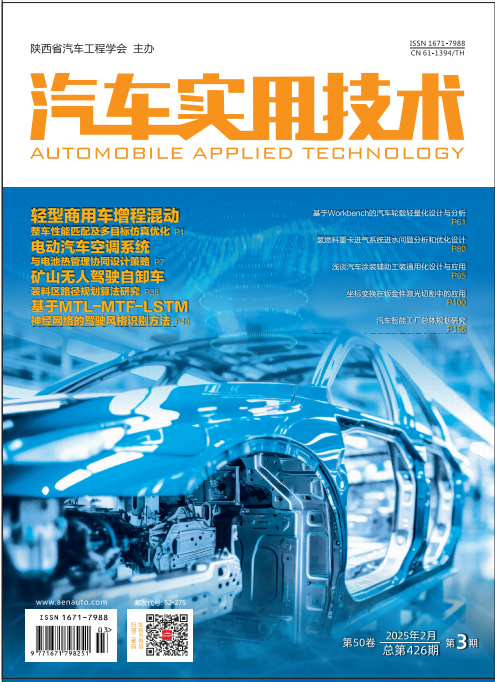|
|
Application and Research of Glass Gluing in the GA Shop
YIN Liliang, LI Shixian, WEI Dongguang, YANG Hongqi, WEN Caifeng
2025, 50(3):
121-126.
DOI: 10.16638/j.cnki.1671-7988.2025.003.023
As the importance of glass gluing processes becomes increasingly prominent, the glass
gluing processes has been studied and discussed theoretically. The article begins by introducing
traditional and modern different gluing methods, comparatively analyzing their respective advantages
and disadvantages. Secondly, it introduces and analyzes the characteristics of various common
materials used for glass gluing. Following this, it conducts in-depth discussions and analyses from
the perspectives of vehicle safety, sealing, appearance quality, and ride comfort. Finally, aiming at
the current issues in the glass gluing process in the final assembly workshop, such as low gluing
uniformity, unstable bonding strength, and insufficient weather resistance, the article proposes
improvement methods such as optimizing the gluing process, improving gluing materials, and
strengthening quality control. The analysis concludes that by comprehensively considering the precision requirements, production demands, material characteristics, and application effects of the
glass gluing process, selecting the appropriate glass gluing method can enhance vehicle safety and
sealing, weather resistance and aging resistance, as well as appearance quality and ride comfort. It
provides theoretical references and practical guidance for the glass gluing work in the final assembly
workshop.
References |
Related Articles |
Metrics
|

